Feature 6 min read
How to prepare and use your EV in cold weather
Owning an EV is a learning curve – at least to start with. Thanks to the huge growth in the popularity of electric cars over the past year, there are more new owners than ever who are facing their first winter with their EV. Whilst all modern electric cars handle the cold just fine, there are some cold weather driving tips you should know about.
It’s a well-known fact that electronics – such as a phone or laptop computer – can suffer in cold weather. Battery life can be reduced and in the most extreme conditions, the performance of electronics can be compromised. This is as true for your EV as it is any other electrical item.
Don’t be tempted to believe the doom-mongers, however. EVs don’t suddenly lose half their range because the temperature has dipped to below five degrees Celsius. In fact, the UK’s winters are pretty mild compared to the country with the highest EV adoption in the world – Norway, where almost 75 per cent of new cars come with a plug.
There are some things you can do to make EV motoring as straightforward as possible when things do get a bit parky, however. But don’t worry; none are onerous and unlike with an internal combustion car, they don’t involve changing oil grades or getting your hands dirty!
First, some reassurance
Modern EVs are perfectly capable of operating completely normally in weather far colder than you’re likely to get in the UK. From Lands’ End to John o’ Groats, it rarely gets below minus 10. You can expect your range to dip by between eight to 10 per cent in the winter overall, with the coldest days when you rely on heating, lights and wipers even more heavily taking a bit more off that figure. Admittedly, some older EVs do suffer more, but it’s not likely to affect you on a day-to-day basis.
Now, some top tips for you and your EV in the winter.
1. Maintain a higher state of charge
Most EV owners will have worked out a charging routine that works – whether it’s topping up to 80 per cent each night or getting down to 15 or 20 per cent before an overnight charge. There’s no single correct way of doing things.
However, when temperatures begin to drop, maintaining closer to 40 or 50 per cent state of charge is a good bet. This ensures that there’s always spare capacity for the car’s management system to use energy warming the battery to its optimum operating temperature.
2. Remember that charging might take longer
Another good reason for maintaining a slightly higher state of charge is that public chargers – and exposed home chargers – can slow down when the temperatures really plummet. The fact is that an EV battery’s chemistry isn’t quite as lively when cold as it is when it’s warm, so building in a little more time if charging in public is a good bet.
3. Use a garage or car port and pick your public parking spots
Something else to consider is if you have access to a garage or a sheltered spot in which to park your EV, use it! It’ll help your car retain charge by being less exposed to the cold. This is especially pertinent if you’re off for some winter sun. EV batteries will slowly discharge when not in use and it’s not good to let them fully discharge. Parking inside will slow this process.
When you’re out and about, if there’s a choice between a covered car park like a multi-storey, or an exposed car park, choose the one with some shelter!
4. Pre-warm your car while it’s plugged in
Most EVs have a pre-warming function so you can set a cabin temperature and warm up the battery before setting off on a journey. Doing this via your car’s app or pre-setting it via the in-car interface while your car is plugged in ensures you don’t lose out on charging. It also means you don’t use any of the car’s battery capacity bringing things up to temperature, instead drawing the energy from the grid and maximising efficiency.
Heating is one of the most energy intensive functions in an EV, increasing battery drain by around 17 per cent as we discovered in our feature about what drains an EV’s battery the quickest, so minimise its use!
5. Heat people, not the cabin
Where fitted, you’re far better off using heated seats to warm passengers than a cabin heater. According to our feature on battery drain, heated seats drain a battery at anything between six and 15 per cent faster than not using them. If you don’t have heated seats, focus the warm air only on who’s in the car by pointing vents directly at them. For a single occupant journey, it’s much more efficient just to heat the driver than the entire cabin!
6. Use driving modes
We’re well aware that for most of us, we leave the car in ‘normal’ mode (or whatever the equivalent is) and just get on with it. However, most EVs will have an ‘eco’ mode, which limits performance and unnecessary energy drain, with some even having cold weather settings. Reducing an EV motor’s performance can have a secondary benefit of reducing the chances of spinning the wheels when accelerating – something EVs can be very good at thanks to the instant torque on offer!
Using driving settings more actively can offset a good chunk of the range losses you might experience due to cold weather. You can also crank up the regenerative braking to claw more range back when slowing down.
7. Inflate your tyres
Did you know that tyres contract and fall in pressure as the temperature drops? The rule of thumb is for each 5.6 °C decrease in temperature, the tyre pressure will drop by one psi. Regularly checking your tyres in winter (which is something you should get into the habit of anyway to maximise not only efficiency but safety) to ensure they’re inflated to the manufacturer’s recommendations (usually between 32-40 psi) is a great way to maximise range.
8. Don’t think too hard about it
There’s a temptation to worry about owning and driving an EV in the winter, but the best piece of advice we can give you is to keep the above in mind, but don’t think too hard about it. EVs are tested in the arctic and operate in places far, far more extreme than the UK where slate grey skies and drizzle are more likely than inches of snow and impassable roads.
For the most part, you’ll be able to carry on as normal.

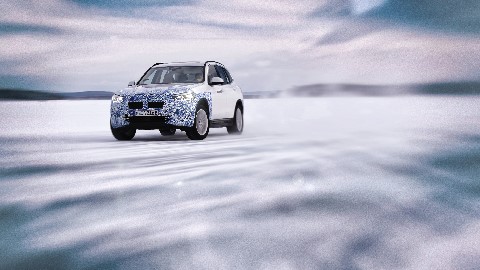
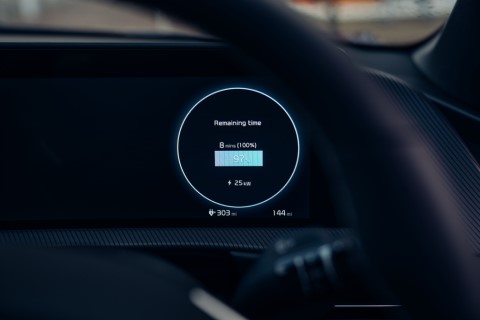
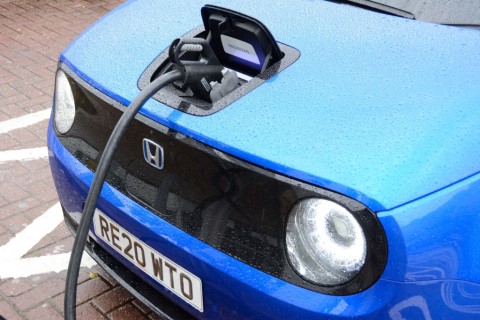
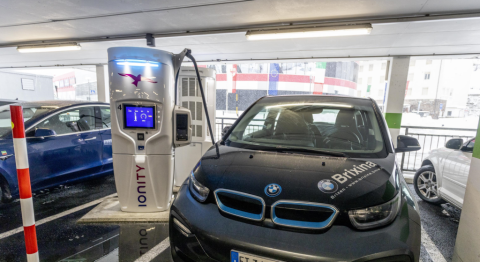
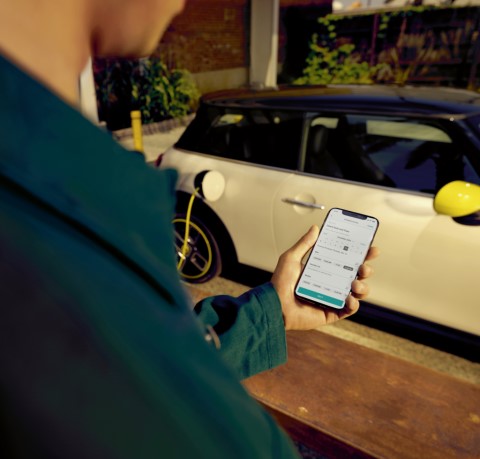
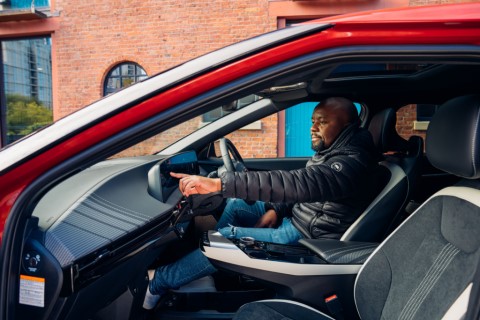 Heated seats
Heated seats 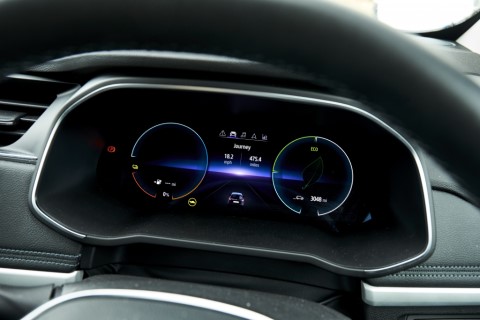
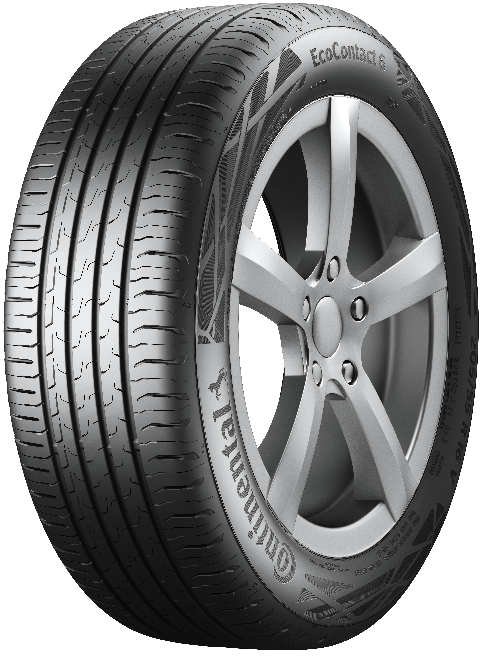


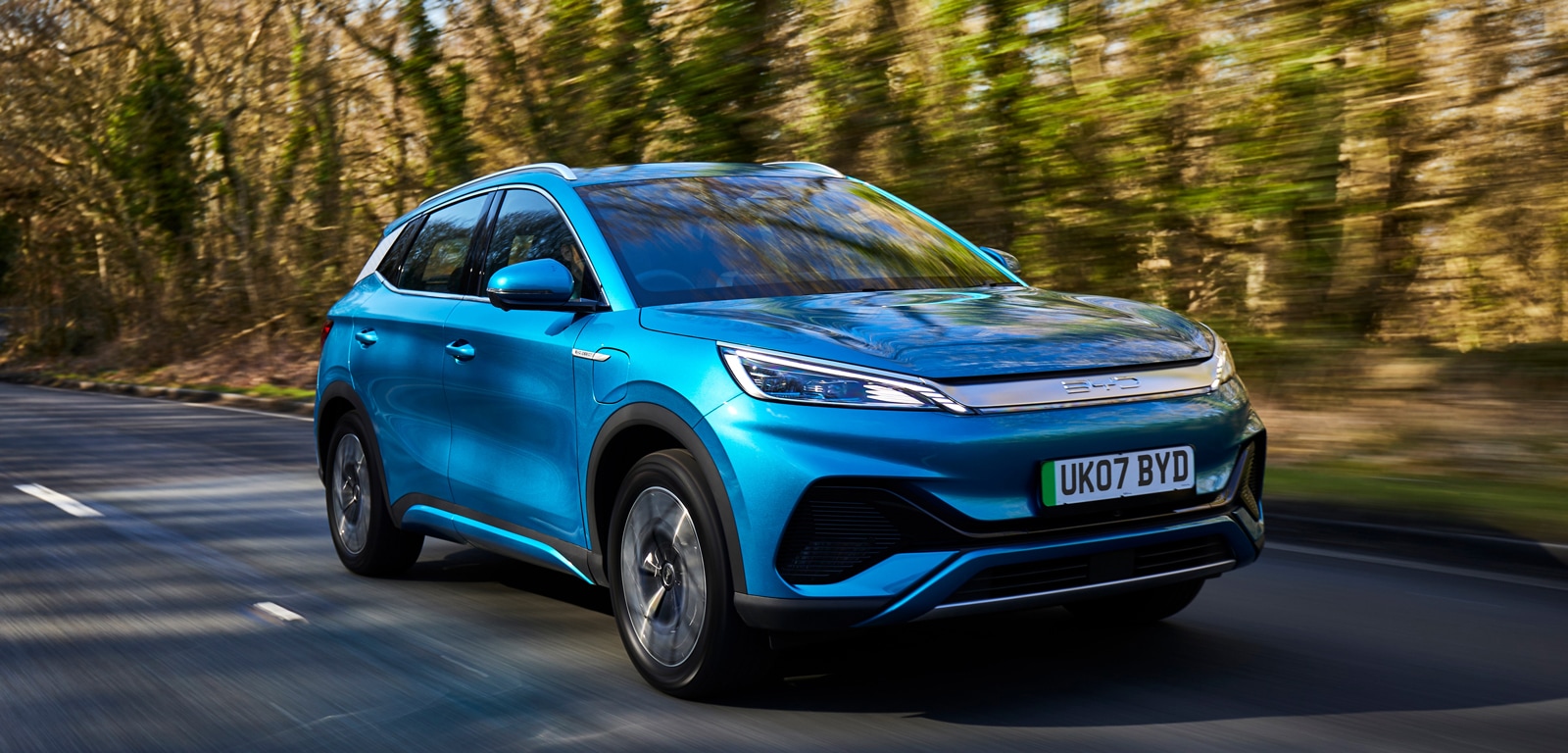
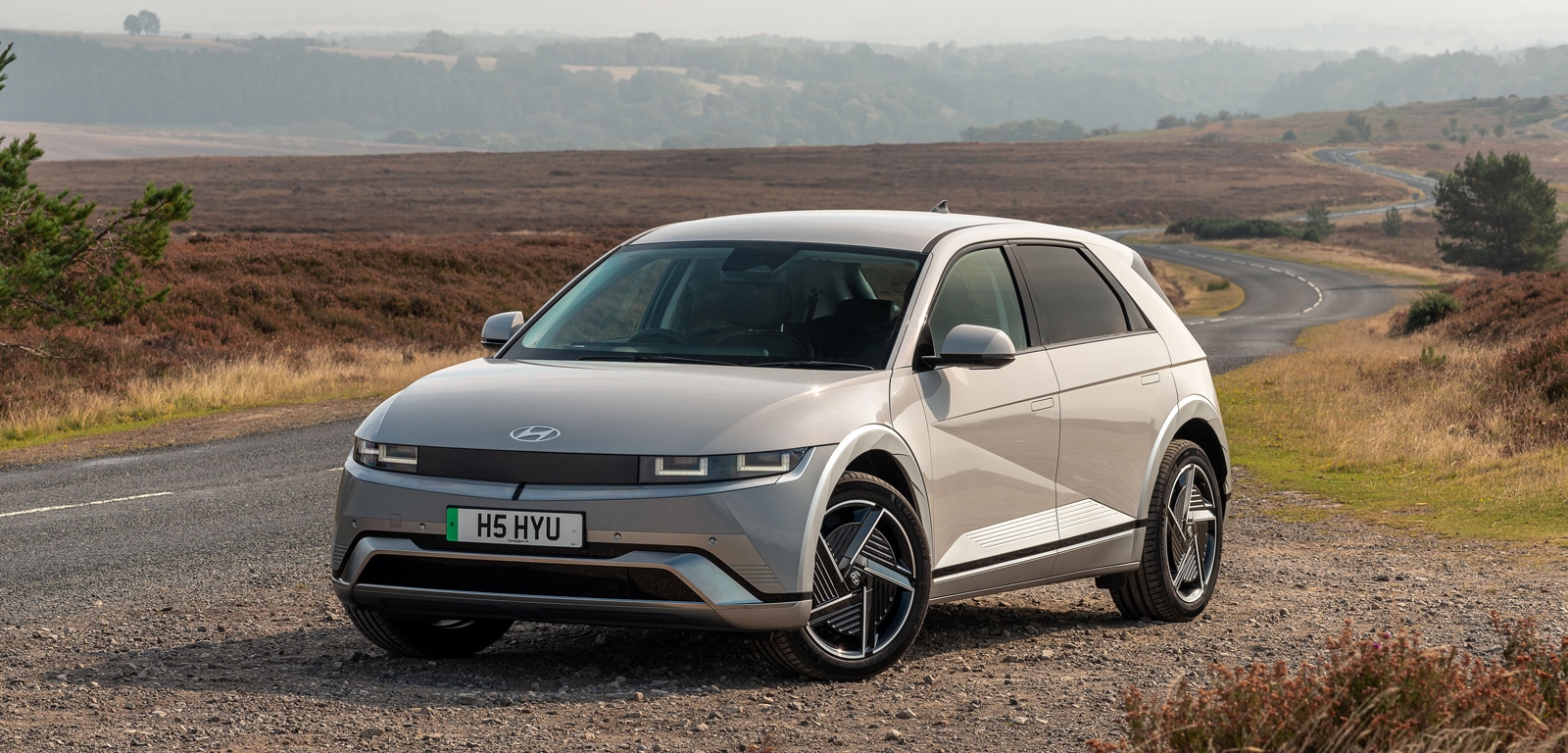
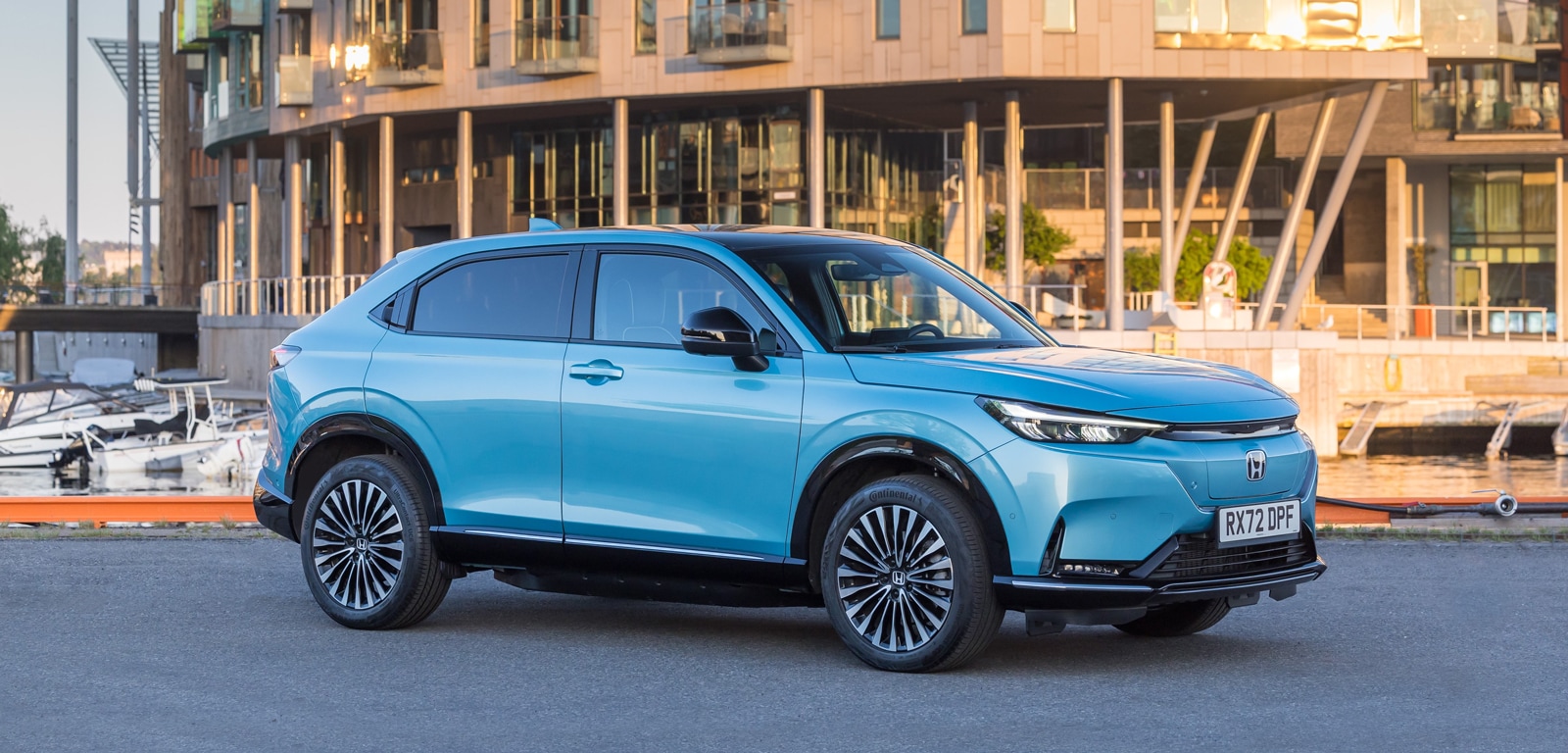
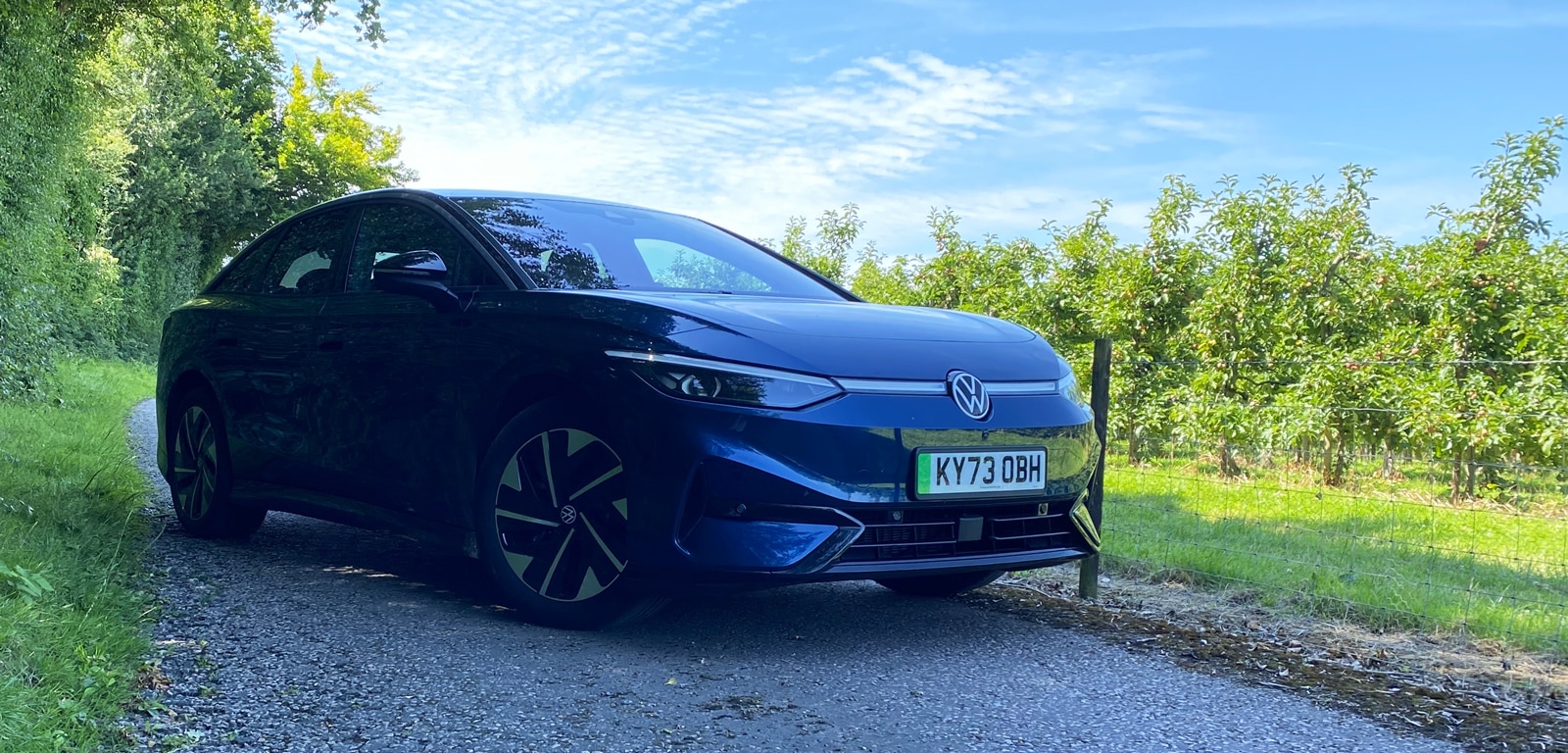
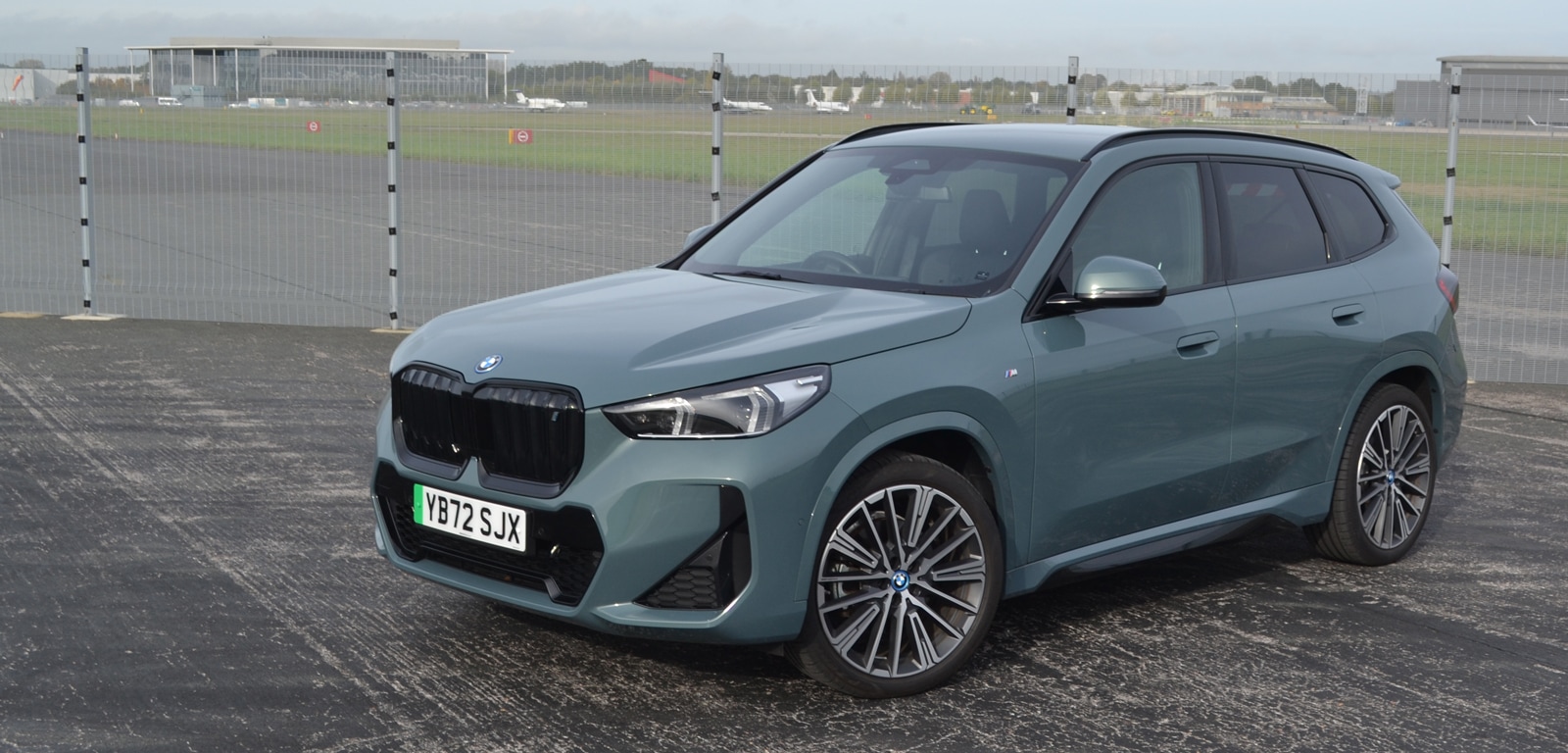


Comments (0)
Be the first to write a comment
Login/ Signup